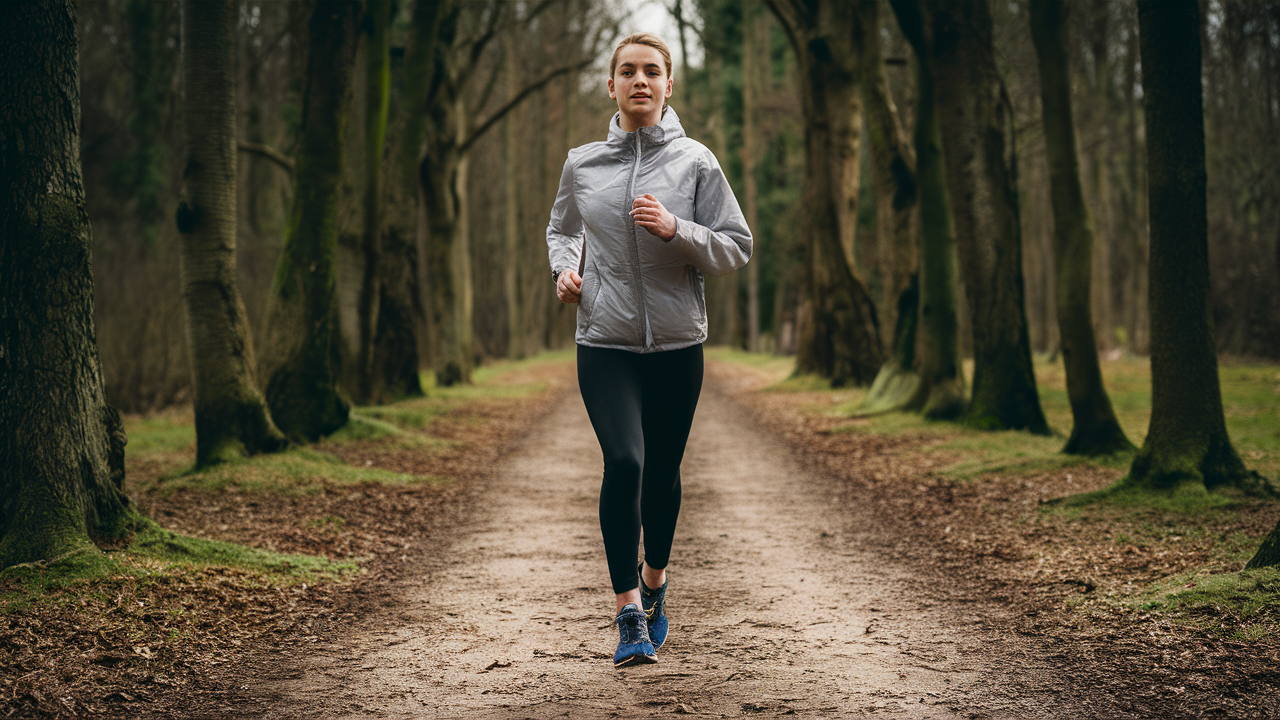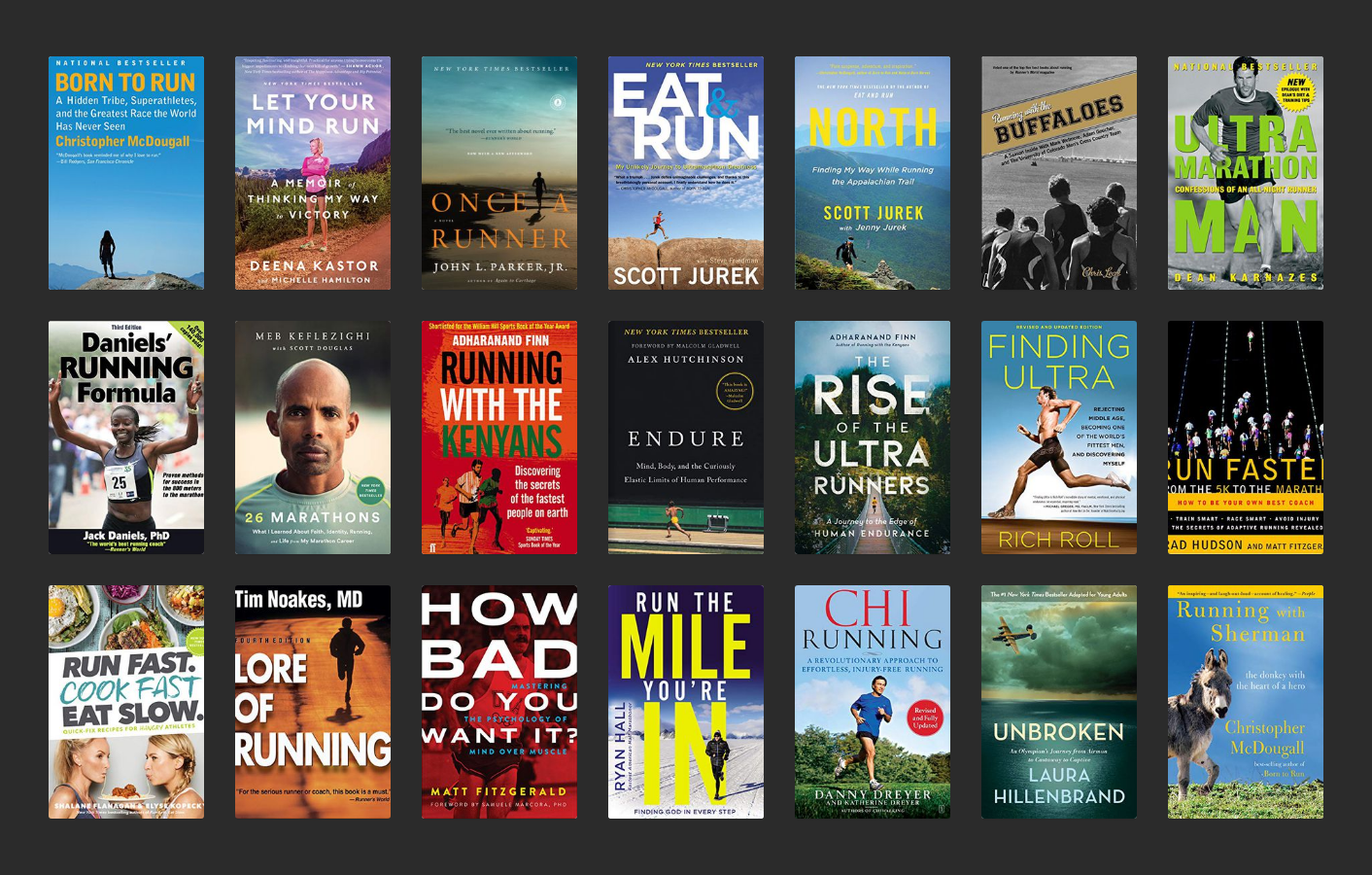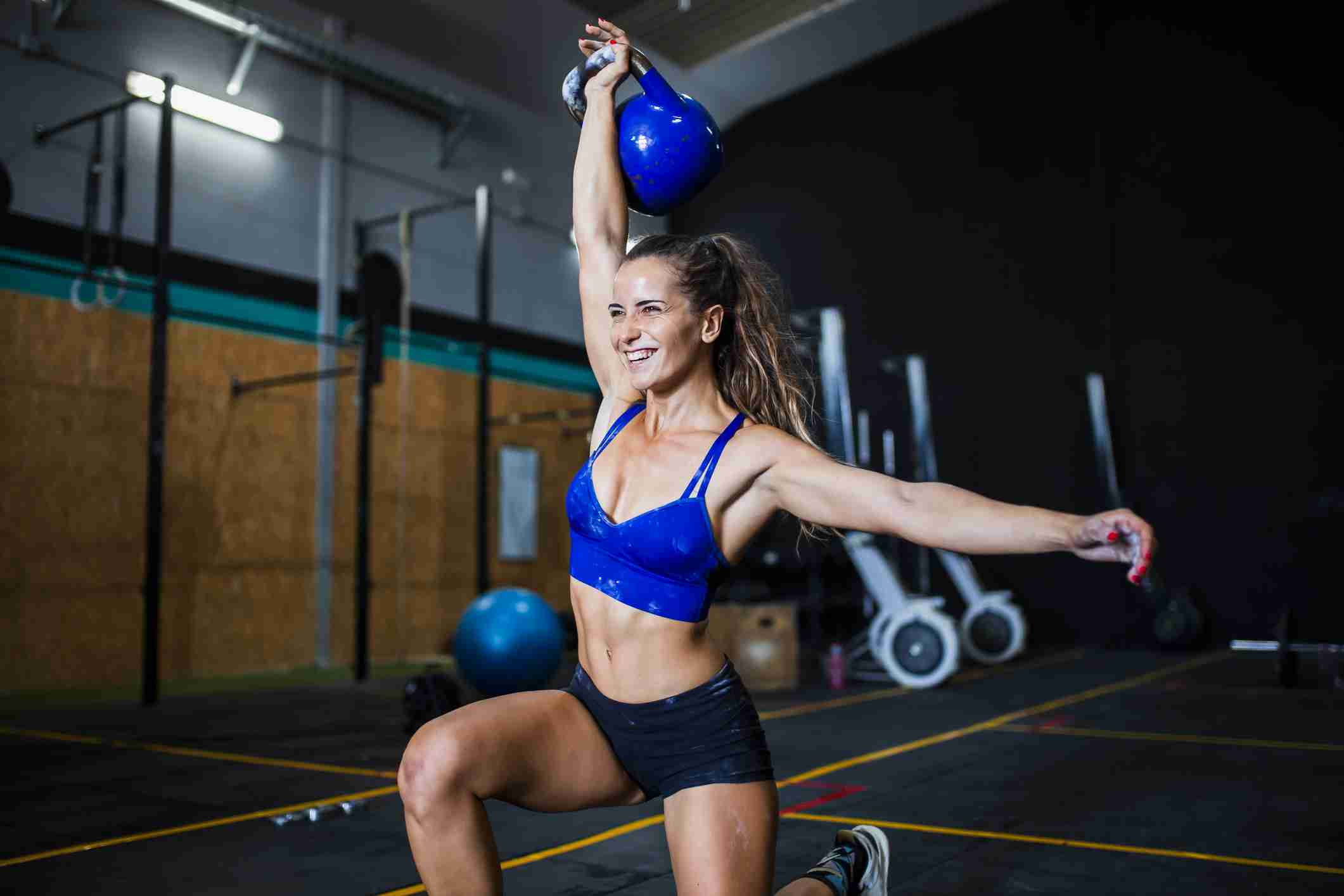
The 10 the Most Beneficial Exercises That Help You

12 min read
These exercises are simple and can be done at home with little equipment. Regular physical activity is important for maintaining good health, and these exercises can help improve your overall fitness.
Walking
The consensus among specialists is unequivocal - nothing is better than a walk. Exercise is functional (used for locomotion), accessible (no gym or gym required), and “suitable for all ages and abilities,” according to Michelle Walters-Edwards, head of the Department of Health and Human Opportunities at Marymount University.

It can be easy to forget how someone else feels when we are so caught up in our own lives and experiences. Walking in their shoes can help us remember what it feels like to be in their shoes and see the world from their perspective. It is also a great way to build relationships and trust. When we take the time to walk in someone else’s shoes, we are sending a message that we care about them and are interested in understanding them better.
Best of all, walking eliminates the risk of early death, high blood pressure, and depression.
Running
The next level? Run. This strengthens the legs and body, keeps the knees and pelvis strong, helps the heart, and burns calories even when we are resting. This summary is made by Joe English, who is a track and field coach in Portland and an author of articles on exercise and nutrition. “As we age, we need to slow down, but running keeps the body active and healthy with all the benefits of that,” English says.
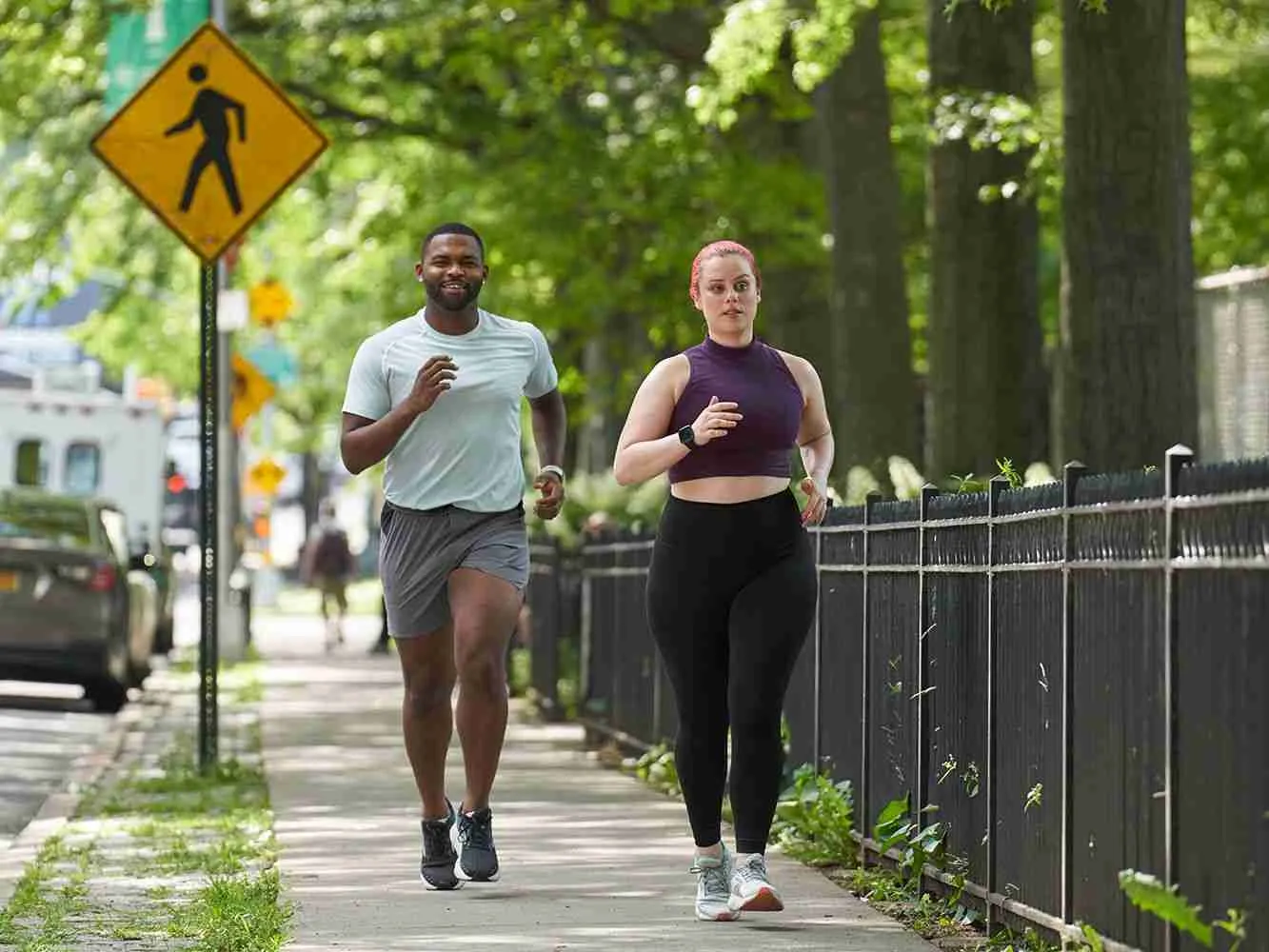
Running is one of the most popular forms of exercise for people of all ages and abilities. It is a great way to get fit and stay healthy and can be done almost anywhere. There are many benefits to running, including improving cardiovascular fitness, strengthening bones and muscles, and reducing stress levels.
It can also be a great social activity, as there are many running groups and clubs available. Whether you are just starting out, or are a seasoned runner, there is always something to enjoy about running.
So get out there and give it a go!
Squats
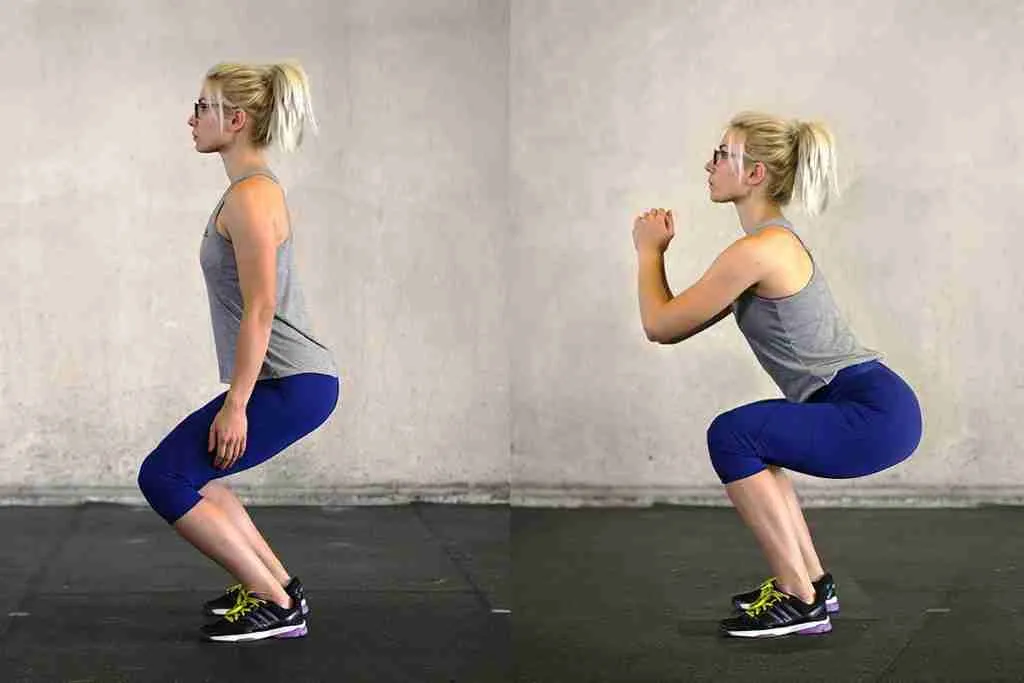
Squats are a type of strength training exercise that works the muscles in your legs and hips. They’re a staple in many workout routines and are considered one of the best exercises for building lower-body strength. There are many benefits to incorporating squats into your workout routine. For one, squats help to build muscle in your legs and buttocks, which can give you a more toned and shapely appearance. They also help to strengthen your bones and joints and can improve your balance and coordination.
Squats can help to improve your cardiovascular health and endurance. And, since they’re weight-bearing exercises, they can also help to prevent or delay the onset of osteoporosis. If you’re new to squatting, start with bodyweight squats.
4-Week Squat Program
| Week | Day 1 | Day 2 | Day 3 | Day 4 | Day 5 | Day 6 | Day 7 |
|---|---|---|---|---|---|---|---|
| Week 1 | 3 sets of 10 reps | 3 sets of 12 reps | 4 sets of 10 reps | Rest | 4 sets of 12 reps | 5 sets of 10 reps | Rest |
| Week 2 | 3 sets of 15 reps | 4 sets of 12 reps | 4 sets of 15 reps | Rest | 4 sets of 15 reps | 5 sets of 12 reps | Rest |
| Week 3 | 4 sets of 15 reps | 5 sets of 12 reps | 5 sets of 15 reps | Rest | 5 sets of 15 reps | 6 sets of 12 reps | Rest |
| Week 4 | 5 sets of 15 reps | 5 sets of 20 reps | 6 sets of 15 reps | Rest | 6 sets of 20 reps | 7 sets of 15 reps | Rest |
Notes:
- Warm-Up: Always start with a warm-up. Spend 5-10 minutes doing light cardio (e.g., jogging, jumping jacks) and dynamic stretching before starting your squats.
- Form: Maintain proper squat form. Keep your feet shoulder-width apart, back straight, chest up, and squat down until your thighs are parallel to the ground.
- Progression: Increase the number of reps each week to build strength and endurance.
- Rest: Take 1-2 minutes of rest between sets.
- Cool-Down: Finish with a cool-down, including static stretching to prevent stiffness.
Once you’ve mastered these, you can move on to adding weight, either in the form of dumbbells or a barbell. Be sure to use proper form to avoid injury and get the most out of your squats. So, if you’re looking for an exercise that can help you build strength, improve your appearance, and boost your overall health, give squats a try.
Bent Press
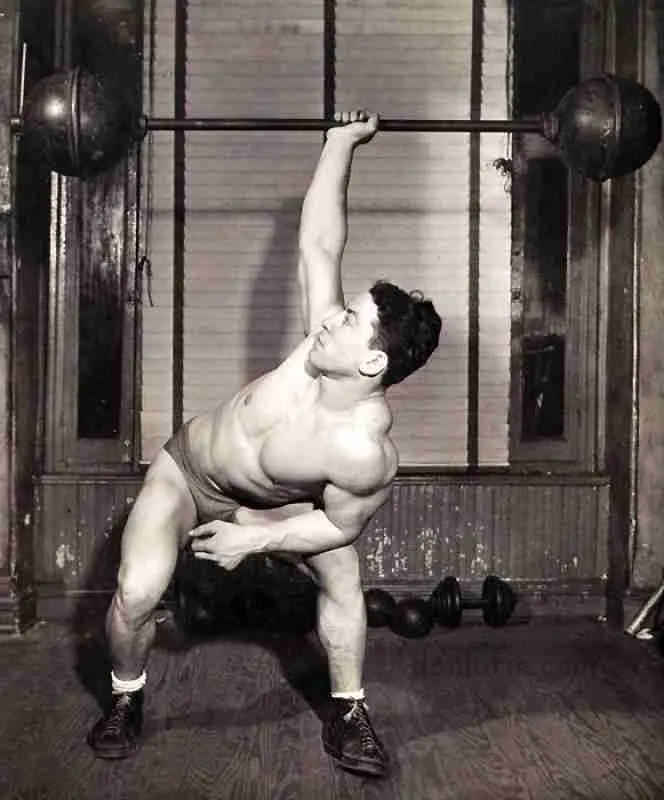
Never heard of this exercise? The idea is while holding a medicine ball or other weight above your head with your arm fully extended, go from fully lying down to fully standing and vice versa. It’s “the most practical full-body exercise,” according to experts.
Swimming
Swimming is the perfect exercise for all ages. Not only is swimming great for your cardiovascular system, but “the stress of the water strengthens muscles and joints.” White reminds us.

Swimming is one of the oldest and most popular sports in the world. It is also one of the most efficient forms of exercise. Swimming is a great way to get in shape and stay in shape. It is a low-impact form of exercise, which means it is easy on your joints and muscles. Swimming is also a great way to relieve stress and tension. Swimming is a great way to have fun and meet new people.
Push-ups
The famous push-ups are an exercise for the whole body - from the arms, through the upper body, to the torso and legs.
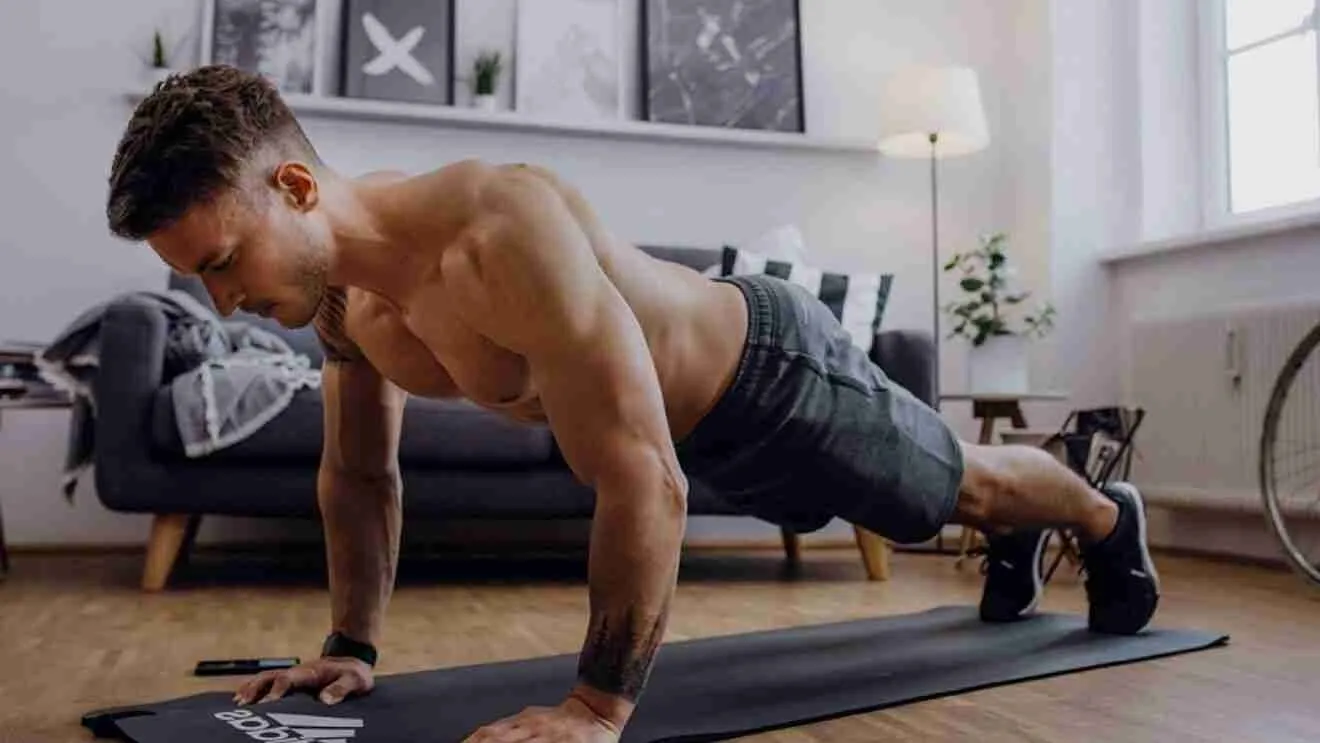
There are few exercises as effective as push-ups. Push-ups work the arms, chest, shoulders, and back, making them a great all-around exercise. They are also easy to do anywhere, with no equipment needed. There are many variations of push-ups, so there is an option for everyone. If regular push-ups are too difficult, try doing them on your knees. You can also make them easier by resting your weight on your forearms instead of your hands. If you want a more challenging workout, try adding weight to your push-ups. This can be done by wearing a weighted vest or holding a weight in each hand.
4-Week Push-Up Program
| Week | Day 1 | Day 2 | Day 3 | Day 4 | Day 5 | Day 6 | Day 7 |
|---|---|---|---|---|---|---|---|
| Week 1 | 3 sets of 10 reps | 3 sets of 12 reps | 4 sets of 10 reps | Rest | 4 sets of 12 reps | 5 sets of 10 reps | Rest |
| Week 2 | 3 sets of 15 reps | 4 sets of 12 reps | 4 sets of 15 reps | Rest | 4 sets of 15 reps | 5 sets of 12 reps | Rest |
| Week 3 | 4 sets of 15 reps | 5 sets of 12 reps | 5 sets of 15 reps | Rest | 5 sets of 15 reps | 6 sets of 12 reps | Rest |
| Week 4 | 5 sets of 15 reps | 5 sets of 20 reps | 6 sets of 15 reps | Rest | 6 sets of 20 reps | 7 sets of 15 reps | Rest |
Notes:
- Warm-Up: Start each session with a 5-10 minute warm-up, including light cardio (e.g., jumping jacks) and dynamic stretches.
- Form: Keep your body in a straight line from head to heels, lower your body until your chest nearly touches the floor, and then push back up.
- Progression: The number of reps increases each week to steadily build strength.
- Rest: Take 1-2 minutes of rest between sets.
- Modifications: If full push-ups are too challenging, start with knee push-ups or incline push-ups.
- Cool-Down: After your workout, stretch your chest, shoulders, and triceps to help with recovery and flexibility.
You can also try one-arm push-ups, which are a great way to build strength in one arm at a time. No matter what your fitness level, push-ups are a great exercise to add to your routine. They are simple to do and provide a variety of benefits. So, next time you are looking for a quick and easy workout, don’t forget to include some push-ups!
Planks
The idea of the so-called “planks” (from the English - planks) is to support the stretched body only by the elbows. These are most popular for their effect on the abdominal muscles, but at the same time, they help the arms, shoulders, and back.
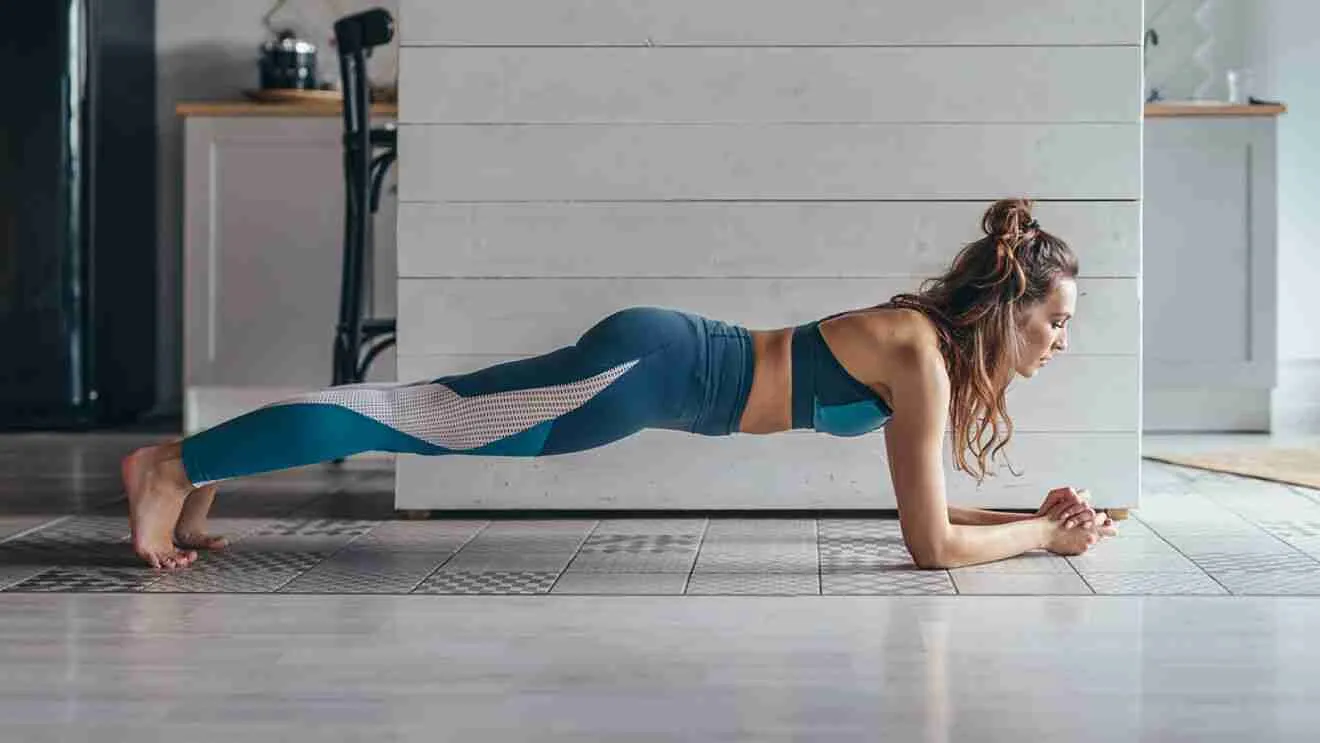
There are many reasons why people love planks. For one, planks are a great way to tone your abs and build core strength. Not to mention, they are a challenging move that can make you feel seriously badass once you master them. But beyond the physical benefits, planks can also have a positive impact on your mental health. In fact, research has shown that planks can help reduce stress, improve cognitive function, and even ward off depression.
4-Week Plank Program
| Week | Day 1 | Day 2 | Day 3 | Day 4 | Day 5 | Day 6 | Day 7 |
|---|---|---|---|---|---|---|---|
| Week 1 | 3 sets of 20 seconds | 3 sets of 25 seconds | 3 sets of 30 seconds | Rest | 4 sets of 25 seconds | 4 sets of 30 seconds | Rest |
| Week 2 | 3 sets of 35 seconds | 3 sets of 40 seconds | 4 sets of 35 seconds | Rest | 4 sets of 40 seconds | 5 sets of 35 seconds | Rest |
| Week 3 | 4 sets of 45 seconds | 4 sets of 50 seconds | 5 sets of 45 seconds | Rest | 5 sets of 50 seconds | 6 sets of 45 seconds | Rest |
| Week 4 | 5 sets of 60 seconds | 5 sets of 70 seconds | 6 sets of 60 seconds | Rest | 6 sets of 70 seconds | 7 sets of 60 seconds | Rest |
Notes:
- Warm-Up: Begin each session with a 5-10 minute warm-up, including light cardio and dynamic stretches, focusing on your core.
- Form: Keep your body in a straight line from head to heels, with your elbows directly under your shoulders. Engage your core, glutes, and thighs to maintain a solid plank.
- Progression: Each week, the duration of the plank holds increases to gradually build core endurance.
- Rest: Rest for 1-2 minutes between sets.
- Modifications: If you find it difficult to hold a full plank, start with modified planks on your knees or reduce the hold time.
- Cool-Down: After your plank session, stretch your core muscles, including the lower back, to aid recovery and flexibility.
So, if you’re looking for a way to boost your mood and your fitness level at the same time, planks are definitely worth a try. Trust us, once you start incorporating them into your routine, you’ll be hooked.
Pull Ups
The classic exercise is for the back, arms, shoulders, abdomen, and forearms.
There are many benefits to pull ups. They work a variety of muscles, including the back, biceps, and shoulders. They also help to improve grip strength. Pull-ups are a great exercise for those who are looking to build upper body strength and improve their overall fitness.
4-Week Pull-Up Program
| Week | Day 1 | Day 2 | Day 3 | Day 4 | Day 5 | Day 6 | Day 7 |
|---|---|---|---|---|---|---|---|
| Week 1 | 3 sets of 3-5 reps | 3 sets of 4-6 reps | 4 sets of 3-5 reps | Rest | 4 sets of 4-6 reps | 5 sets of 3-5 reps | Rest |
| Week 2 | 3 sets of 5-7 reps | 4 sets of 4-6 reps | 4 sets of 5-7 reps | Rest | 4 sets of 6-8 reps | 5 sets of 4-6 reps | Rest |
| Week 3 | 4 sets of 6-8 reps | 4 sets of 7-9 reps | 5 sets of 6-8 reps | Rest | 5 sets of 7-9 reps | 6 sets of 6-8 reps | Rest |
| Week 4 | 4 sets of 8-10 reps | 5 sets of 8-10 reps | 6 sets of 8-10 reps | Rest | 6 sets of 9-11 reps | 7 sets of 8-10 reps | Rest |
Notes:
- Warm-Up: Start each session with a 5-10 minute warm-up that includes dynamic stretching and light cardio to get your blood flowing, focusing on your upper body.
- Form: Maintain proper form during pull-ups. Start from a dead hang, pull your chest to the bar, and lower yourself back down in a controlled manner. Engage your core throughout the movement.
- Progression: This program gradually increases the number of reps and sets to build strength over time. If you can’t complete the prescribed reps, use a resistance band for assistance or do negative pull-ups (focus on the lowering phase).
- Rest: Rest for 2-3 minutes between sets to allow for full recovery.
- Assisted Pull-Ups: If you’re unable to do pull-ups yet, start with assisted pull-ups using a resistance band or an assisted pull-up machine.
- Cool-Down: Finish each workout with static stretching, focusing on the back, shoulders, and arms to aid recovery and prevent stiffness.
Additional Tips:
- Grip Variations: Alternate between different grips (wide grip, close grip, underhand) to target different muscles and keep your workouts varied.
- Negatives: If you’re struggling with pull-ups, incorporate negative pull-ups by jumping up to the bar and slowly lowering yourself down to build strength.
- Frequency: If needed, adjust the number of days you’re training based on your recovery and progress.
One of the main benefits of pull-ups is that they work a variety of muscles. The back, biceps, and shoulders are all engaged when performing a pull up. This makes them a great exercise for those who are looking to build upper body strength. In addition, pull ups help to improve grip strength. This is beneficial for those who participate in activities that require a strong grip, such as rock climbing.
Overall, pull ups are a great exercise for those who are looking to build upper body strength and improve their overall fitness. They work a variety of muscles, including the back, biceps, and shoulders. In addition, pull ups help to improve grip strength.
Stretching
As we all know, stretching is extremely important. It keeps us limber, prevents injuries, and helps us to recover from strenuous activities. Unfortunately, many of us don’t stretch nearly as much as we should. Why is that? Well, for one thing, stretching can be a bit boring. It’s not as exciting as running or lifting weights. Additionally, it can be tough to find the time to stretch, especially if you’re working out regularly.
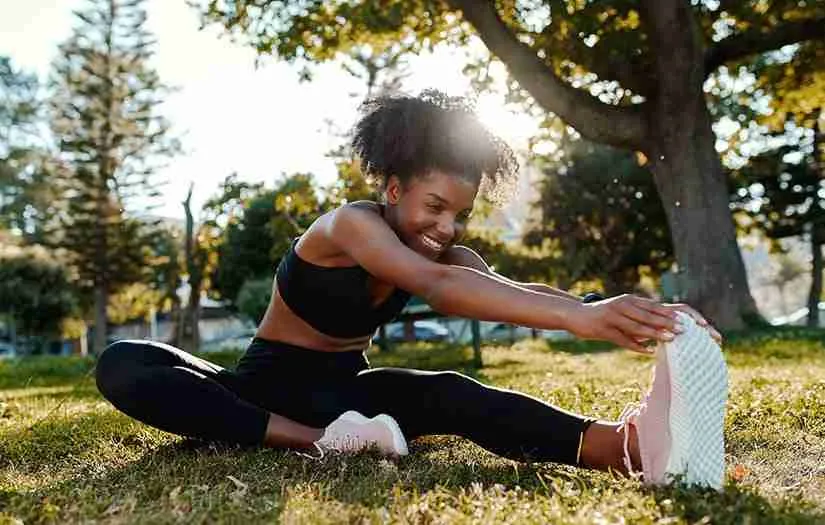
However, if you make a commitment to stretching, you’ll soon see the benefits. Your muscles will thank you, and you’ll be less likely to get injured. Not to mention, stretching can actually be quite relaxing. So, make a point to stretch every day, even if it’s just for a few minutes.
Your body will thank you in the long run!
A healthy diet
Eating isn’t exactly exercise, but the food is the most important part of any fitness program. “Training comes next,” Alan says again.
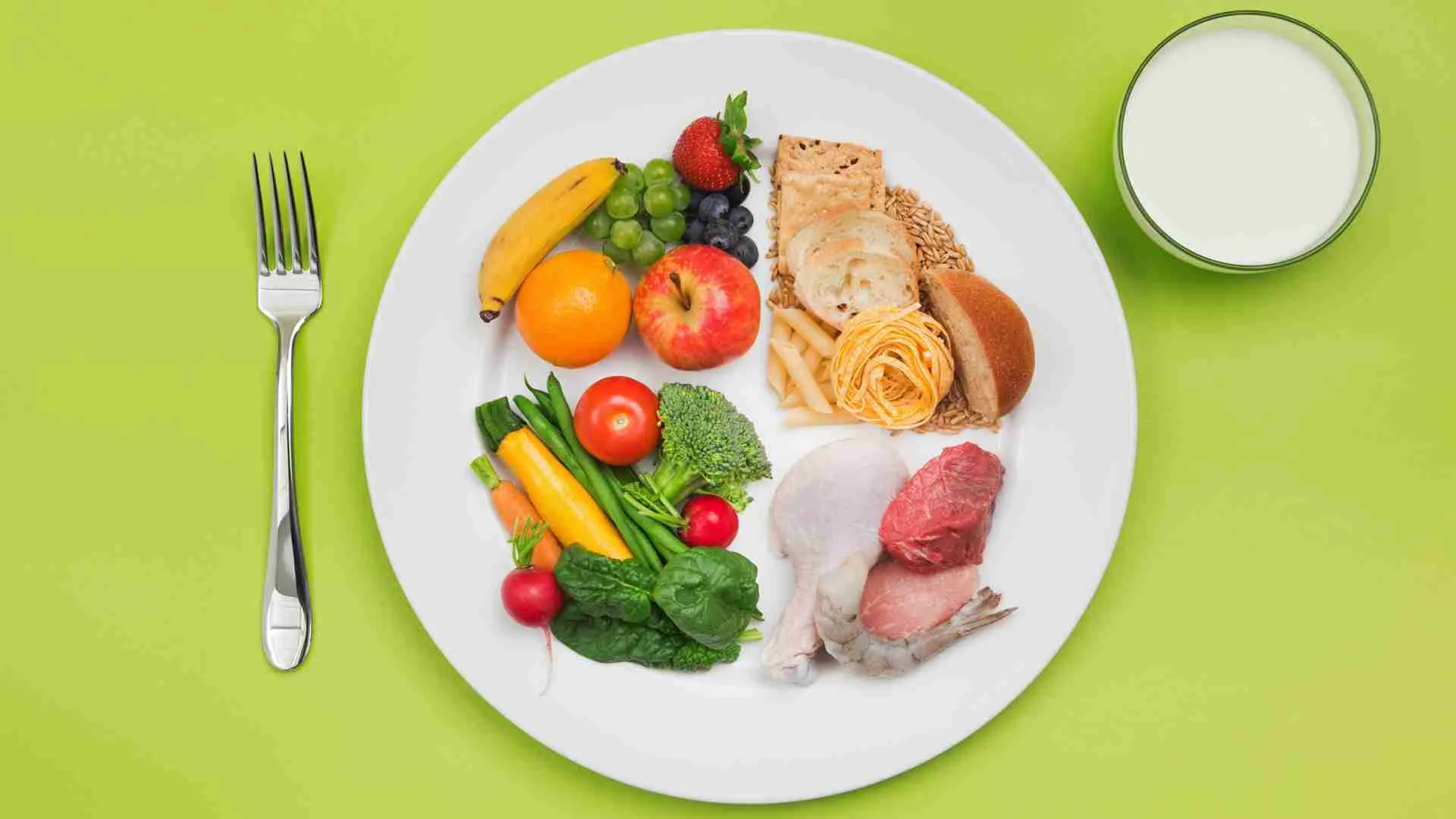
A healthy diet is one that includes a variety of different foods from each of the food groups, including fruits, vegetables, whole grains, low-fat dairy, and lean protein. Eating a variety of different foods ensures that you are getting all of the nutrients your body needs to function properly.
It is also important to eat the right amounts of each food group, as eating too much or too little of any one group can lead to health problems. For most people, a healthy diet is one that is high in fruits and vegetables, moderate in whole grains and low-fat dairy, and low in saturated and trans fats, added sugars, and sodium.
Summary
Maintaining a balanced diet that includes fruits, vegetables, essential proteins, whole grains, and healthy fats supports any form of exercise and produces results.
The most beneficial exercises are those that elevate your heart rate and work for large muscle groups. These exercises include walking, jogging, swimming, and biking. They also help you improve your balance and flexibility.
